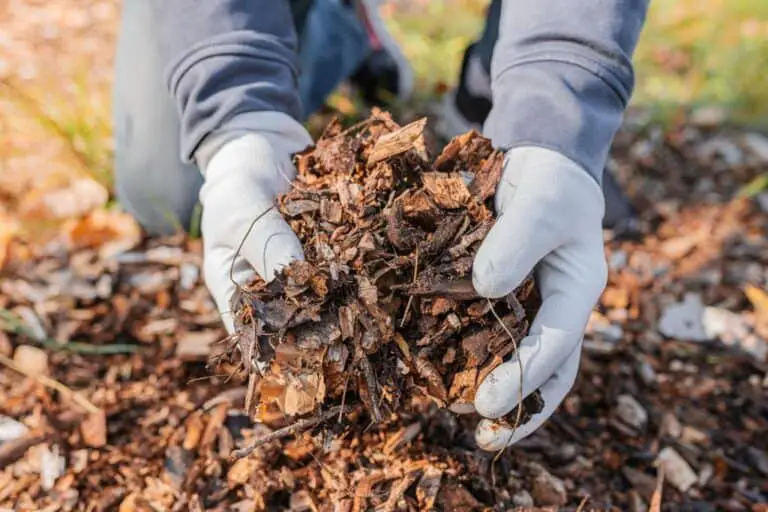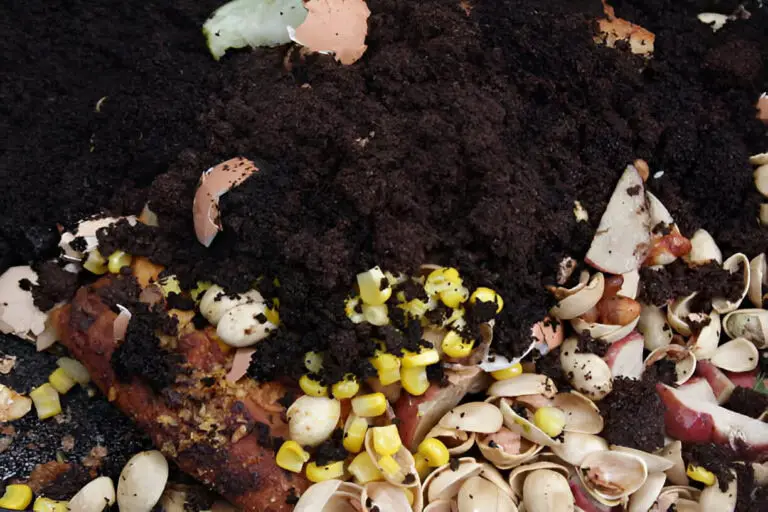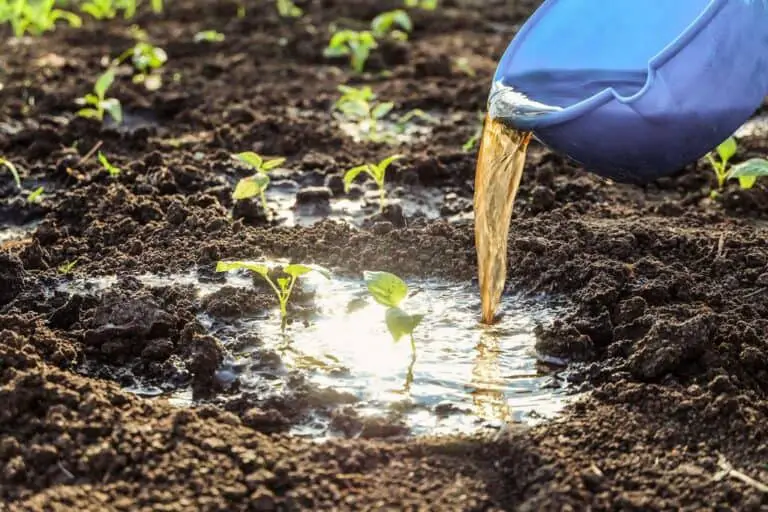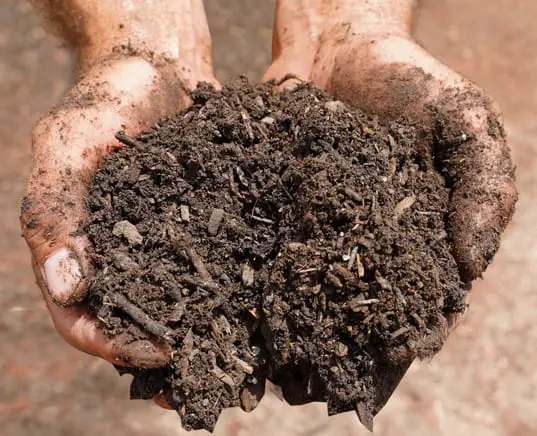Too Much Organic Matter in Soil: Is It Bad or Good?
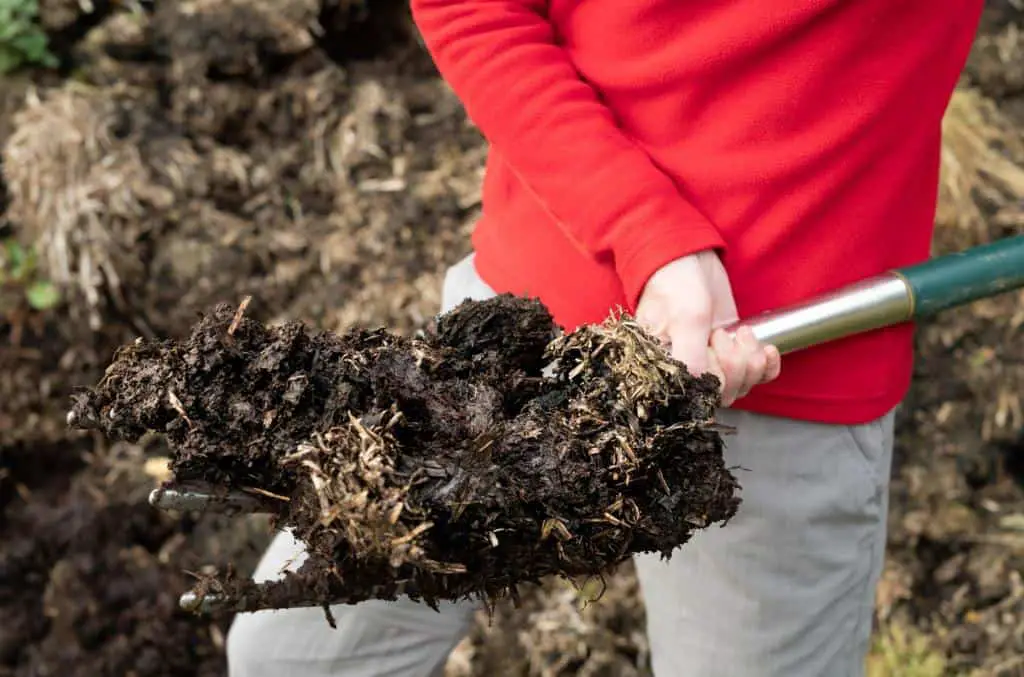
In the world of gardening and farming, where every sprout’s success relies on the earth beneath, there’s a silent protagonist in the soil’s composition – organic matter. It’s the hidden treasure chest of decomposed leaves, roots, and microbial magic that plays a pivotal role in nurturing your plants. But here’s the twist: Can you ever have too much of this good thing?
Welcome to the intriguing conundrum of soil science. You see, this isn’t just about a dirt pile; it’s about the fine balance between lush growth and potential disaster. In this article, we’re going to unravel the mysteries of organic matter in soil and find out whether its abundance is a gardener’s boon or bane.
Are you ready to dive deep into the world beneath your feet? In this article, we’ll delve into the world of soil composition and explore whether an excess of organic matter is a blessing or a curse for your plants.
Introduction of Organic Matter in Soil
Before we dive into the depths of this organic matter dilemma, let’s establish what organic matter in soil actually is. Organic matter in soil comes from a variety of sources. It includes plant residues like fallen leaves, grass clippings, and crop residues. Animal manure and decaying organisms also contribute. Essentially, anything that was once alive can become part of the organic matter in the soil.
This rich mixture contributes to the overall health and fertility of your soil. It acts as a reservoir for essential nutrients and helps retain moisture, making it a crucial component for plant growth.
The Benefits of Organic Matter
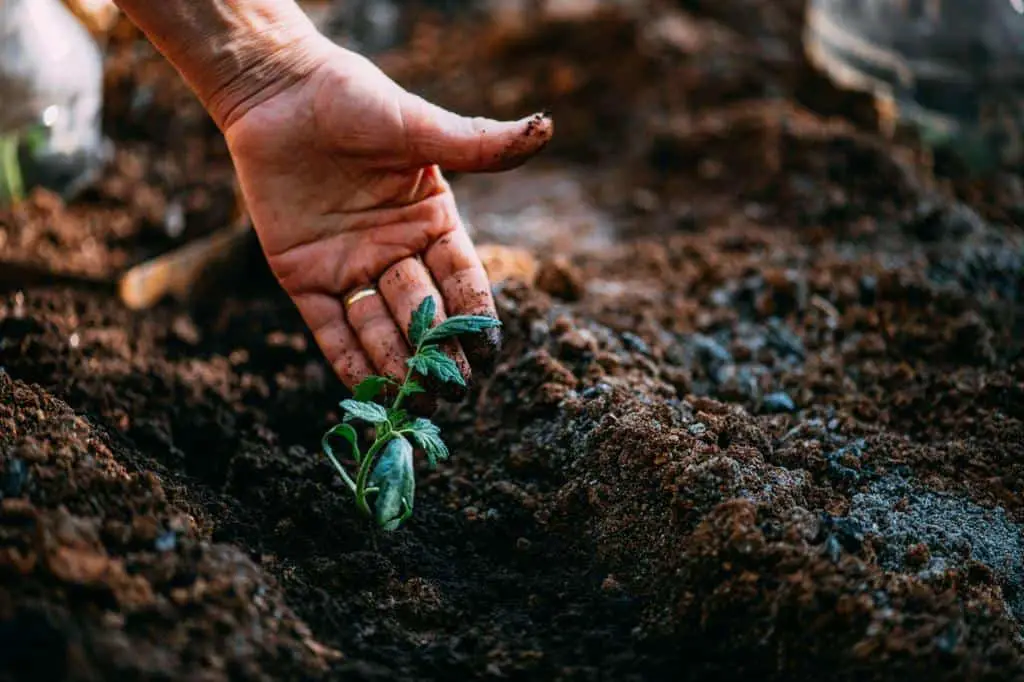
Having a healthy dose of organic matter in your soil can bring about a host of benefits for your garden or farm. Here’s a rundown of the advantages:
1. Improved Soil Structure
Organic matter helps bind soil particles together, creating a crumbly and well-structured soil. This structure allows for better root penetration, aeration, and water infiltration, which are all vital for plant growth.
2. Nutrient Retention
Organic matter acts like a sponge, absorbing and storing essential nutrients such as nitrogen, phosphorus, and potassium. These nutrients are then slowly released to plants as needed, reducing the risk of nutrient leaching and ensuring a steady supply.
3. Enhanced Water Retention
One of the most significant benefits of organic matter is its water-holding capacity. It retains moisture, preventing the soil from drying out too quickly. This is especially valuable in regions with irregular rainfall or for gardeners who may forget to water their plants regularly.
4. Beneficial Microorganisms
Organic matter is a haven for beneficial soil microorganisms like earthworms and mycorrhizal fungi. These tiny helpers break down organic materials further, releasing nutrients and improving soil structure even more.
5. Reduced Soil Erosion
By reducing surface runoff, organic matter provides a crumbly structure that helps prevent soil erosion. This is particularly important for hilly or sloped areas where erosion can be a significant issue.
Too Much Organic Matter in Soil: Is It Bad or Good?
As with most things in life, balance is key. While organic matter is undoubtedly beneficial, excessive amounts can lead to problems. Too much organic matter can have negative effects on soil health and plant growth. Here are some of the potential downsides of too much organic matter in the soil:
- Soil Compaction and Waterlogging: Excessive organic matter can make soil dense and compacted, impeding water infiltration and drainage. This can lead to waterlogging and root suffocation.
- Nutrient Imbalances and Reduced Crop Growth: High organic matter levels can cause nutrient imbalances, particularly nitrogen. This can lead to reduced crop growth and stunted plants.
- Algae Growth: Excessive amounts of organic matter can stimulate the growth of the wrong plants, mainly algae, which can compete with other plants for resources.
- Burned Plants: Plants can burn and die from too many nutrients. If the soil contains too much organic matter, it can cause havoc to the soil and plants, according to Mykl Nelson, an instructor in the OSU Department of Horticulture.
- Phosphorus Overload: The most serious concern with too much organic matter is phosphorus. An excess of phosphorus can harm plants and pollute water sources.
It’s important to note that the negative effects of too much organic matter are not always immediate or obvious. In some cases, it may take years for the negative effects to become apparent. Therefore, it’s important to monitor soil organic matter levels and not add too much.
If the organic material is 3%–5%, it’s generally considered okay. It’s recommended to hold off adding more for a year or two and test again to see how it changes. Good management of organic matter includes adding enough to build a good reservoir of crop nutrients and a good soil structure, but also monitoring what you are doing and not adding too much
Finding the Balance Amount of Organic Matter in Soil
The key to successful gardening or farming lies in finding the right balance of organic matter in your soil. So, how do you strike that equilibrium? Here are some practical tips:
1. Soil Testing
Regular soil testing is essential to determining the nutrient content and pH of your soil. This will help you make informed decisions about the amount of organic matter to add.
2. Composting
Consider composting as a means to recycle organic matter from your garden or kitchen waste. This allows you to control the amount of organic matter you introduce to your soil.
3. Adjusting Organic Matter Levels
If you discover that your soil has too much organic matter, you can mitigate the effects by adding more mineral-based components like sand or gravel to improve drainage.
4. Adjust pH, Alkalinity, and Salt Concentrations
Soils that have received excess compost tend to be too basic (pH above 7). It is more difficult to acidify soil than to make it more basic, but there are ways to do it. Adjusting the pH, alkalinity, and salt concentrations in your soil can help balance out the excess organic matter
5. Crop Selection
Choose plant varieties that are well-suited to your soil type. Some plants thrive in high-organic matter soil, while others prefer leaner soils.
6. Add Nitrogen
If your soil test shows that you have too much organic matter and not enough nitrogen, you can add nitrogen to help balance it out. Dried blood and corn gluten meal are two options for adding nitrogen to your soil
7. Reduce Tillage
Reducing tillage can help maintain soil organic matter levels and promote soil biological processes. Reduced and zero tillage can lead to an increase in the organic matter content in the soil.
A Table of Ideal Organic Matter for Soil Types
Let’s take a look at the ideal organic matter levels for different soil types:
| Soil Type | Ideal Organic Matter Content |
| Sandy Soil | 2-5% |
| Loamy Soil | 5-10% |
| Clayey Soil | 8-15% |
Remember, these are general guidelines, and the specific needs of your plants and local climate should also be considered.
Related: What Is a Good Percentage of Organic Matter in Soil?
Adjusting Organic Matter Inputs Based on Soil Type
Different soils have varying capacities to hold organic matter. Sandy soils, for instance, can benefit from higher organic matter levels compared to heavy clay soils. Therefore, it’s crucial to tailor your organic matter inputs to suit your specific soil type.
Here’s a general guideline for different soil types:
- Sandy Soils: These soils tend to have lower organic matter content and may benefit from increased organic matter inputs to improve water-holding capacity and nutrient retention.
- Loam Soils: Loam soils are often considered ideal for agriculture due to their balanced mix of sand, silt, and clay. They require maintenance to maintain their organic matter content.
- Clay Soils: Clay soils have good water retention but may become waterlogged. Managing organic matter in clay soils involves maintaining a moderate level to prevent excessive compaction.
Understanding your soil’s characteristics and its nutrient and moisture-holding capacity is essential for making informed decisions about organic matter management.
Implementing Crop Rotation and Cover Cropping
Crop rotation is a time-tested technique for managing organic matter content. It involves planting different crops in a sequence on the same piece of land over time. Each crop has its own unique root system and residue characteristics, which can help balance organic matter levels.
For example, leguminous crops like peas and beans can increase organic matter content by fixing nitrogen from the air into the soil. In contrast, crops with high residue, like corn, can contribute to organic matter buildup. By rotating between these types of crops, you can manage organic matter effectively.
Cover cropping is another powerful tool in organic matter management. Cover crops are grown primarily to cover the soil rather than for harvesting. They can be selected to increase or decrease organic matter content based on your soil’s needs.
- Increasing Organic Matter: Leguminous cover crops like clover and vetch can add nitrogen and organic matter to the soil.
- Reducing Organic Matter: Cereal cover crops, such as rye or oats, can help break down excess organic matter due to their high carbon-to-nitrogen ratio.
In Conclusion
The presence of organic matter in your soil is undeniably a good thing, as it brings a wealth of benefits for plant growth. However, like many good things, it’s possible to have too much of it.
Striking the right balance is essential for a thriving garden or farm. Regular soil testing, composting, and adjusting organic matter levels are all tools in your arsenal to ensure your soil is in optimal condition. With the right approach, you can harness the power of organic matter to create a fertile, productive, and healthy growing environment for your plants.
FAQs on Too Much Organic Matter in Soil
What is the ideal organic matter content in soil?
The ideal organic matter content in soil varies by soil type: around 2-5% for sandy soil, 5-10% for loamy soil, and 8-15% for clayey soil.
Can excessive organic matter in soil harm plants?
Yes, excessive organic matter can harm plants by causing poor drainage, nutrient imbalances, and slow soil warm-up, which may lead to root rot, nutrient deficiencies, and delayed growth.
How can I reduce organic matter in my garden soil?
To reduce organic matter, mix in mineral-based components like sand or gravel, or simply avoid adding additional organic matter through compost or organic mulches.
Are there any benefits to composting organic matter in the soil?
Composting organic matter benefits soil by improving structure, nutrient retention, and beneficial microorganisms, making it a valuable practice for gardeners.
What are the common mistakes in managing organic matter in agriculture?
Common mistakes in managing organic matter in agriculture include over-amending soil, neglecting soil testing, and not considering specific crop needs.
Is organic matter always beneficial for soil?
Organic matter is generally beneficial for soil health, but excessive amounts can lead to issues like poor drainage and nutrient imbalances.
Are there specific crops that thrive in soils with high organic matter content?
Crops like tomatoes, beans, and lettuce tend to thrive in soils with high organic matter content due to their nutrient-rich requirements.
How long does it take for organic matter levels in soil to stabilize after management changes?
Organic matter levels in soil can take several months to stabilize after management changes, but the exact time frame depends on factors like soil type and climate conditions.


